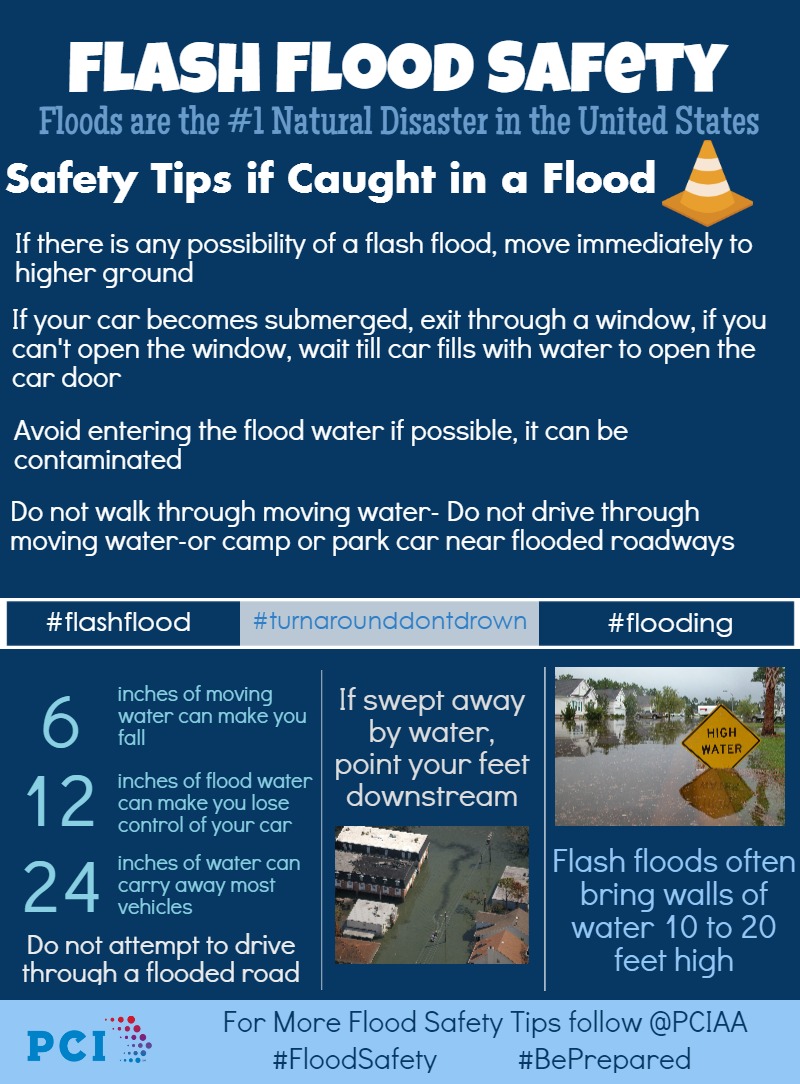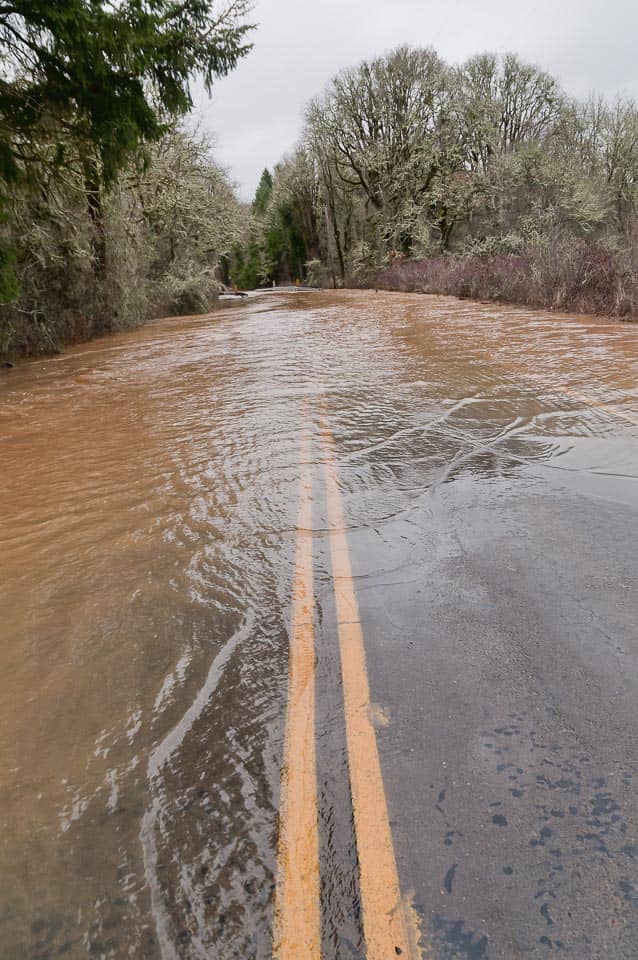Recognizing And Responding To Flash Flood Warnings And Alerts

Table of Contents
Understanding Flash Flood Warnings and Alerts
The Difference Between a Watch and a Warning
It's vital to understand the distinction between a flash flood watch and a flash flood warning:
-
Watch: A flash flood watch means conditions are favorable for flash flooding to develop. This is a time to be prepared. Monitor weather reports closely and know your evacuation route. Stay informed about developing weather conditions.
-
Warning: A flash flood warning signifies that flash flooding is imminent or already occurring in your area. This requires immediate action. You should evacuate if instructed and take all necessary safety precautions. Immediate action is critical.
Sources of Flash Flood Information
Staying informed is paramount. Reliable sources for receiving flash flood warnings and alerts include:
-
National Oceanic and Atmospheric Administration (NOAA) Weather Radio: This is a crucial tool for receiving timely weather alerts, including flash flood warnings, even during power outages. Consider purchasing a battery-powered NOAA Weather Radio.
-
Weather Apps: Reputable weather apps like AccuWeather, The Weather Channel, and WeatherBug provide real-time alerts and forecasts, often including flash flood warnings tailored to your location. Make sure to enable location services and notifications.
-
Local News: Television and radio stations often provide up-to-the-minute weather updates and flash flood warnings specific to your region.
-
Emergency Alerts: Sign up for emergency alerts on your mobile device (often called Wireless Emergency Alerts or WEA). These alerts are issued by government agencies and directly push warnings to your phone.
Recognizing Flash Flood Indicators
Even without an official warning, you should be vigilant for these visual signs indicating an impending flash flood:
-
Rapidly Rising Water Levels: Observe streams, rivers, and creeks. A sudden and significant rise in water levels is a serious warning sign.
-
Heavy and Persistent Rainfall: Intense rainfall, especially over a short period, dramatically increases the risk of flash flooding. Pay close attention to rainfall intensity.
-
Overflowing Streams and Rivers: If you see water overflowing the banks of waterways, it's a strong indicator that flash flooding is likely.
-
Waterlogged Soil: Saturated ground cannot absorb more water, increasing runoff and the likelihood of flooding.
-
Mudflows and Debris Flows: In mountainous areas, heavy rain can trigger mudslides and debris flows, which are extremely dangerous.
Creating a Flash Flood Preparedness Plan
Proactive planning is essential for safeguarding your family and property.
Developing an Evacuation Plan
Knowing your escape route before a flash flood strikes is vital.
-
Identify Escape Routes: Plan multiple escape routes, considering both your home and workplace. Include alternative routes in case primary routes are impassable.
-
Assemble an Emergency Kit: Pack a kit containing essential supplies: water, non-perishable food, first-aid kit, flashlights, batteries, medications, important documents, and warm clothing.
Identifying Safe Locations
Knowing where to go when a flash flood hits is critical:
-
Higher Ground: If possible, evacuate to higher ground. Avoid low-lying areas prone to flooding.
-
Sturdy Buildings: If evacuation is impossible, seek refuge in a sturdy building on higher ground. Avoid basement areas.
-
Avoid Flood-Prone Areas: Stay away from rivers, streams, and low-lying areas. Never underestimate the power of floodwaters.
Communicating Your Plan
Share your preparedness plan with family members, neighbors, and colleagues. Establish a communication system in case of separation during a flash flood.
Responding to a Flash Flood Warning or Alert
Immediate Actions
When a flash flood warning is issued, act swiftly:
-
Move to Higher Ground Immediately: Evacuate immediately if instructed to do so. Don't delay, as floodwaters can rise rapidly.
-
Avoid Driving Through Flooded Areas: Even shallow water can sweep a vehicle away. Turn around, don't drown.
-
Turn Off Utilities: If instructed by authorities, turn off electricity and gas to prevent further damage and risk of electrocution.
Safe Driving Practices During Flash Floods
Driving during a flash flood is incredibly dangerous:
-
Never Drive Through Flooded Areas: The depth of water can be deceiving; even a few inches can cause your vehicle to lose control. Many flash flood fatalities are linked to driving into flooded areas.
-
Be Aware of Road Closures: Obey all road closure signs. These closures are in place to protect your safety.
-
Monitor Weather Reports and Road Conditions: Stay updated on weather conditions and road closures before and during your journey.
Post-Flood Safety
After the flash flood subsides, remain cautious:
-
Avoid Contact with Floodwaters: Floodwaters are often contaminated with sewage and hazardous materials.
-
Report Damage: Contact local authorities to report damages to your property or infrastructure.
-
Check for Structural Damage: Carefully inspect your home and property for any structural damage before re-entering.
Conclusion
Understanding the difference between flash flood watches and warnings, and developing a comprehensive preparedness plan, is crucial for staying safe during sudden flooding. Reliable sources of information, swift action upon warning, and careful post-flood procedures are all key components of effective flood safety. Don't wait for a flash flood; prepare for it today. Learn more about flash flood safety and create your plan now!

Featured Posts
-
 Glastonbury 2025 Lineup Confirmed Performers And Ticket Details After Leak
May 25, 2025
Glastonbury 2025 Lineup Confirmed Performers And Ticket Details After Leak
May 25, 2025 -
 George Russell Repays 1 5m Debt A New Mercedes Deal On The Horizon
May 25, 2025
George Russell Repays 1 5m Debt A New Mercedes Deal On The Horizon
May 25, 2025 -
 Schekotat Nervy Intervyu S Fedorom Lavrovym O Pavle I I Zhanre Trillera
May 25, 2025
Schekotat Nervy Intervyu S Fedorom Lavrovym O Pavle I I Zhanre Trillera
May 25, 2025 -
 Hampshire And Worcester Counties Under Flash Flood Threat Thursday
May 25, 2025
Hampshire And Worcester Counties Under Flash Flood Threat Thursday
May 25, 2025 -
 Significant Drop In Amsterdam Stock Exchange Aex Index Down Over 4
May 25, 2025
Significant Drop In Amsterdam Stock Exchange Aex Index Down Over 4
May 25, 2025
Latest Posts
-
 Maryland Mourns The Loss Of Legal Luminary George L Russell Jr
May 25, 2025
Maryland Mourns The Loss Of Legal Luminary George L Russell Jr
May 25, 2025 -
 Claire Williams And George Russell A Complex Relationship In Formula 1
May 25, 2025
Claire Williams And George Russell A Complex Relationship In Formula 1
May 25, 2025 -
 Did Claire Williams Wrong George Russell A Critical Examination
May 25, 2025
Did Claire Williams Wrong George Russell A Critical Examination
May 25, 2025 -
 George Russell Pays Off 1 5m Debt Signals Point To A New Mercedes Contract
May 25, 2025
George Russell Pays Off 1 5m Debt Signals Point To A New Mercedes Contract
May 25, 2025 -
 Analyzing The Impact Of Claire Williams Decisions On George Russells Career
May 25, 2025
Analyzing The Impact Of Claire Williams Decisions On George Russells Career
May 25, 2025
